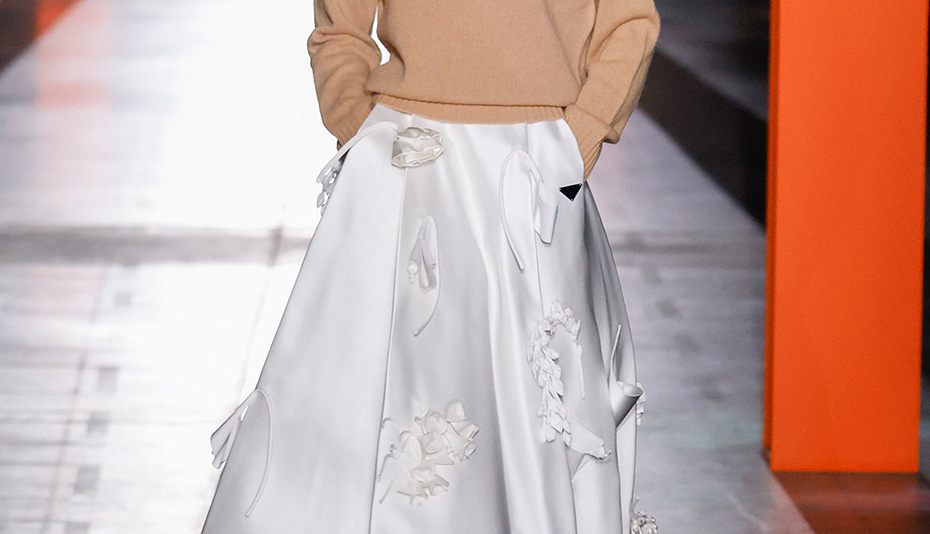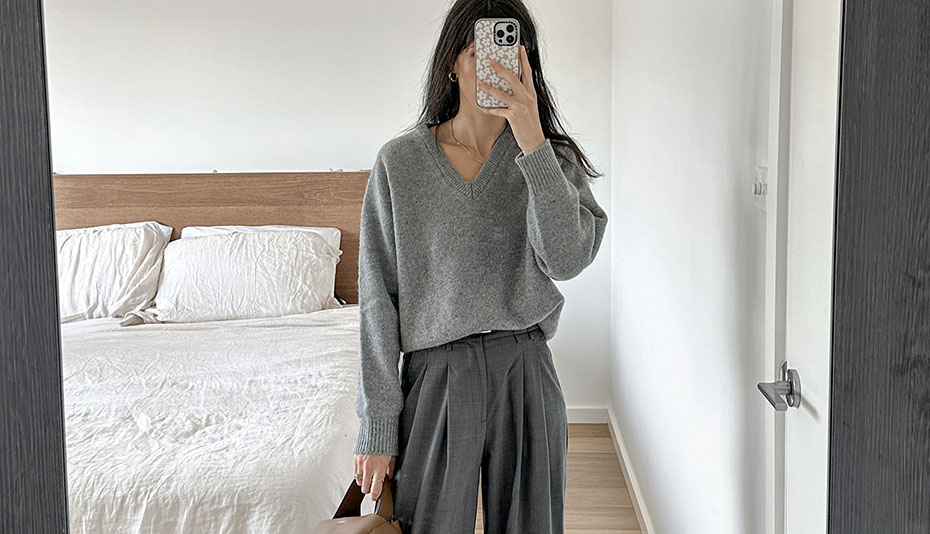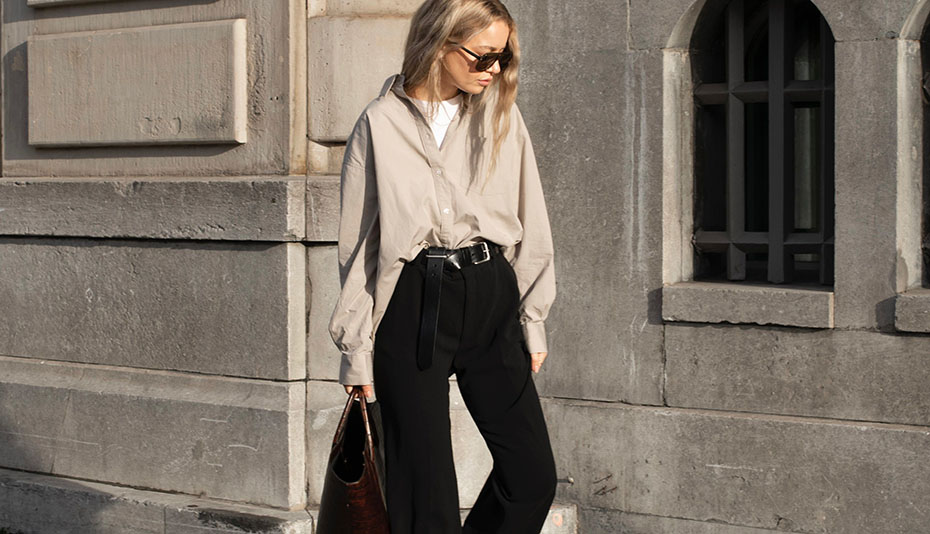In my daily life, “style” has never been a static concept. It’s not a specific outfit, a pair of shoes, or mimicking a celebrity’s fashion. Rather, it’s a fluid language—a way I communicate with the world. Style is my external expression and also an inner sense of order. I’ve always believed that true style isn’t about blindly following trends; it’s about knowing yourself, expressing yourself, and standing by yourself.
Today, I want to talk about what “style” means to me—how it evolved from imitation to individual choice, how it crystallized into a unique symbol through trial and error, and how it has shifted and matured with everyday life, special occasions, and different life stages.
1. Style Isn’t Formed Overnight—It’s the Result of Trial and Accumulation
At first, my understanding of style was simple: as long as it looked good, that was enough. But eventually, I realized that “looking good” doesn’t mean “suitable,” and it certainly doesn’t mean “mine.” I was once obsessed with minimalist chic, then tried going retro, and even tried to transform myself into a “streetwear girl.” Yet no matter how refined the look, something always felt off. One day, I understood: the problem wasn’t the clothes—it was that I hadn’t truly figured out who I was.
From then on, I began observing myself carefully: my habits, preferences, dressing patterns, the way I spoke, even how I sat in a café. This self-observation is one of the most important steps in building style. Style isn’t a textbook—it’s the sum of all your choices. It’s rooted in life, but rises above it.
2. Understanding Your Body: The First Step in Developing Style
Style begins with understanding your own body. I’m on the shorter side, with broad shoulders and a medium frame. I used to adore oversized blazers, believing they exuded casual sophistication. But on me, they made me look even shorter and unbalanced. Eventually, I switched to tailored, waist-cinched versions, which instantly lifted my posture and gave me more presence.
Understanding your body type isn’t about conforming to beauty standards—it’s about dressing smartly to highlight strengths and soften weaker points. I opt for high-waisted skirts to elongate my legs, mid-length coats to balance my shoulders, and I use accessories like earrings, scarves, or belts to draw attention to the areas I want to emphasize.
Every body shape tells a story. We must learn to read it, and use clothing to write our own.

3. Define Your Style Keywords: Find Your Own Aesthetic Direction
At one point, I tried to describe my ideal style using a few keywords: “minimal,” “bold,” “structured,” “slightly artistic but understated.” These became my guiding criteria for choosing clothes and helped steer me away from impulse purchases.
I love muted colors like off-white, grey-blue, forest green, and black. They speak of calm and restraint. I prefer natural fabrics—wool, cotton-linen blends, silk—because they have a tactile quality and warmth. My shoe rack mostly features leather ankle boots and flats, rather than bulky trainers or high heels, because I value the freedom to walk around the city.
You don’t need a long list of style keywords—just a few, as long as they’re precise. They act like a map, guiding you through a sea of choices.
4. Style Is Not Just Clothing—It’s a Lifestyle Attitude
My style also reflects in how I decorate my space, how I eat, and how I travel. I like empty spaces, natural wood, white walls, and a slower pace. Beyond outfits, my lifestyle extends my aesthetic expression.
When I travel, I bring flowy dresses, flat sandals, a hat, and a scarf—not for photos, but to blend effortlessly with the scenery. At home, I prefer neutral-scented candles like cedar or white tea, warm-toned lighting, wooden furniture, and linen bedding. Style is an atmosphere. It’s not just what you wear—it’s the energy you carry.
5. Style Is Not a Label—And Doesn’t Need External Validation
With social media’s rise, we’re constantly influenced by “style labels”—like “French effortless,” “Japanese clean,” “American streetwear,” “Hong Kong cool girl.” These labels aren’t bad in themselves, but the danger is becoming too dependent on them and losing your authentic sense of taste and judgment.
I was once caught in this trap, dressing only to “look like something.” Eventually, I stopped defining myself with others’ standards and started asking myself: “Do I feel comfortable, confident, and strong in this outfit?” Only when you dress like yourself does your style truly come alive.
The goal of style isn’t to be approved by others—it’s to look in the mirror and smile, knowing you’ve stayed true to you.
6. Style Reflects Emotion and Personal Stories
There was a period when I wore only dark colors—black, deep brown, navy. That was during a low point in my life. Those shades were like armor, wrapping me in safety. Now, I find myself drawn to cream, sage green, and lavender—perhaps because I’ve softened and brightened inside.
Style is an extension of emotion. It holds our stories. I remember the white dress I wore walking alone through a rainy alley in Edinburgh’s Old Town. I remember the floral blouse I wore in a sun-drenched café listening to jazz. Through clothes, I commemorate special moments and find new courage to move forward.

7. Flexibility and Open-Mindedness: The Hallmarks of Mature Style
Style isn’t a fixed formula, nor should it become an obsession. I respect the diversity of fashion and enjoy experimenting with new combinations. Sometimes I push myself to try unfamiliar colors or silhouettes—and often find delightful surprises.
True style maturity doesn’t come from resisting change, but from holding onto your core while embracing evolution. I can easily switch from crisp white shirts to printed dresses, from tailored blazers to cozy knits. Style shouldn’t restrict—it should empower. It’s a strategy for navigating life with poise.
8. Style Is a Gift You Give Yourself
Dressing up used to be a part of life; now, it’s become how I understand myself. Every piece of clothing that excites me, every thoughtfully curated outfit, is my way of saying: You deserve to be treated well.
Style isn’t about impressing others, seeking compliments, or chasing attention. It’s about finding your place in a noisy world—a place where you feel at ease, grounded, and confident.
I’ve never seen style as some kind of “fashion destination.” It’s more like a path, and I’m still walking on it—exploring, observing, adapting. Maybe one day I’ll fall in love with things I once avoided. Maybe my wardrobe will evolve drastically again. And that’s okay—as long as I’m consciously making those choices, that’s what gives style meaning.
May you, too, find your true self in style. Not defined by others. Not bound by rules. But confidently and freely living in the beauty you create for yourself.
